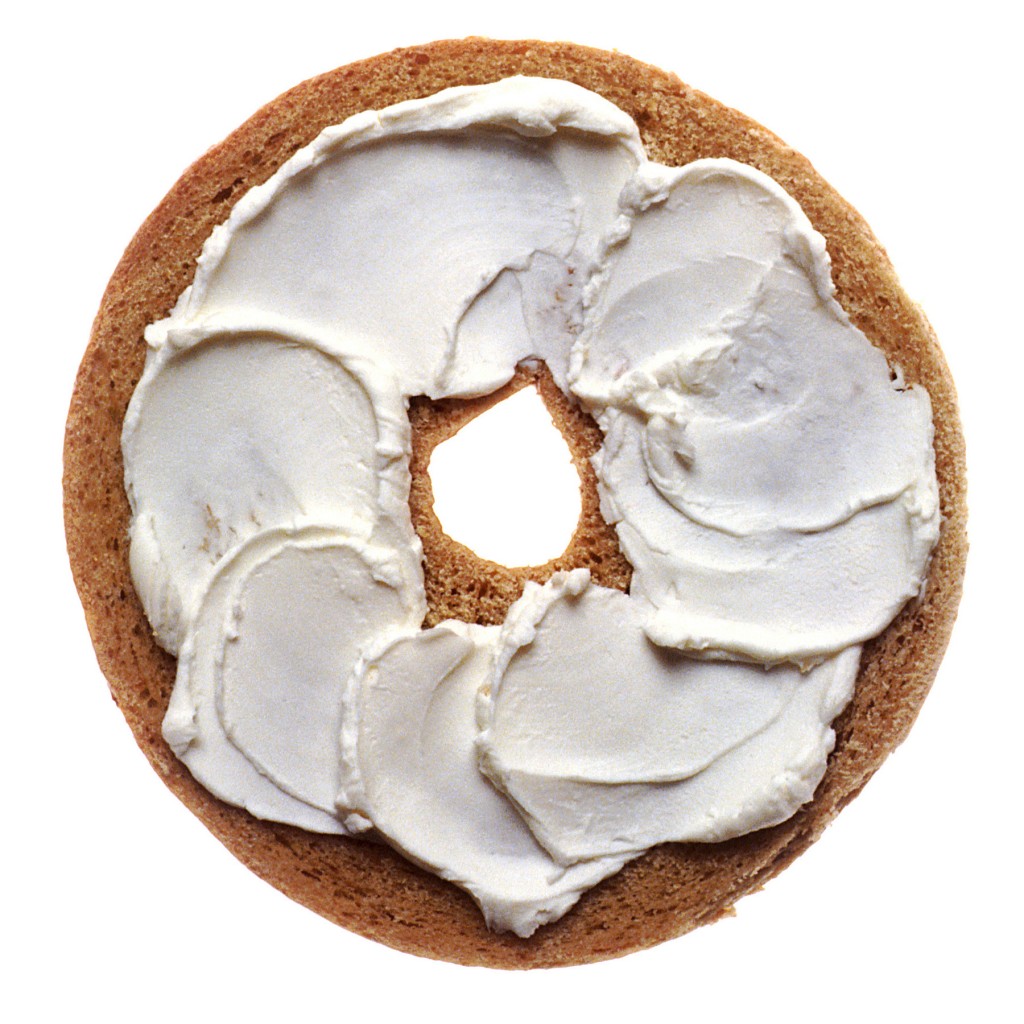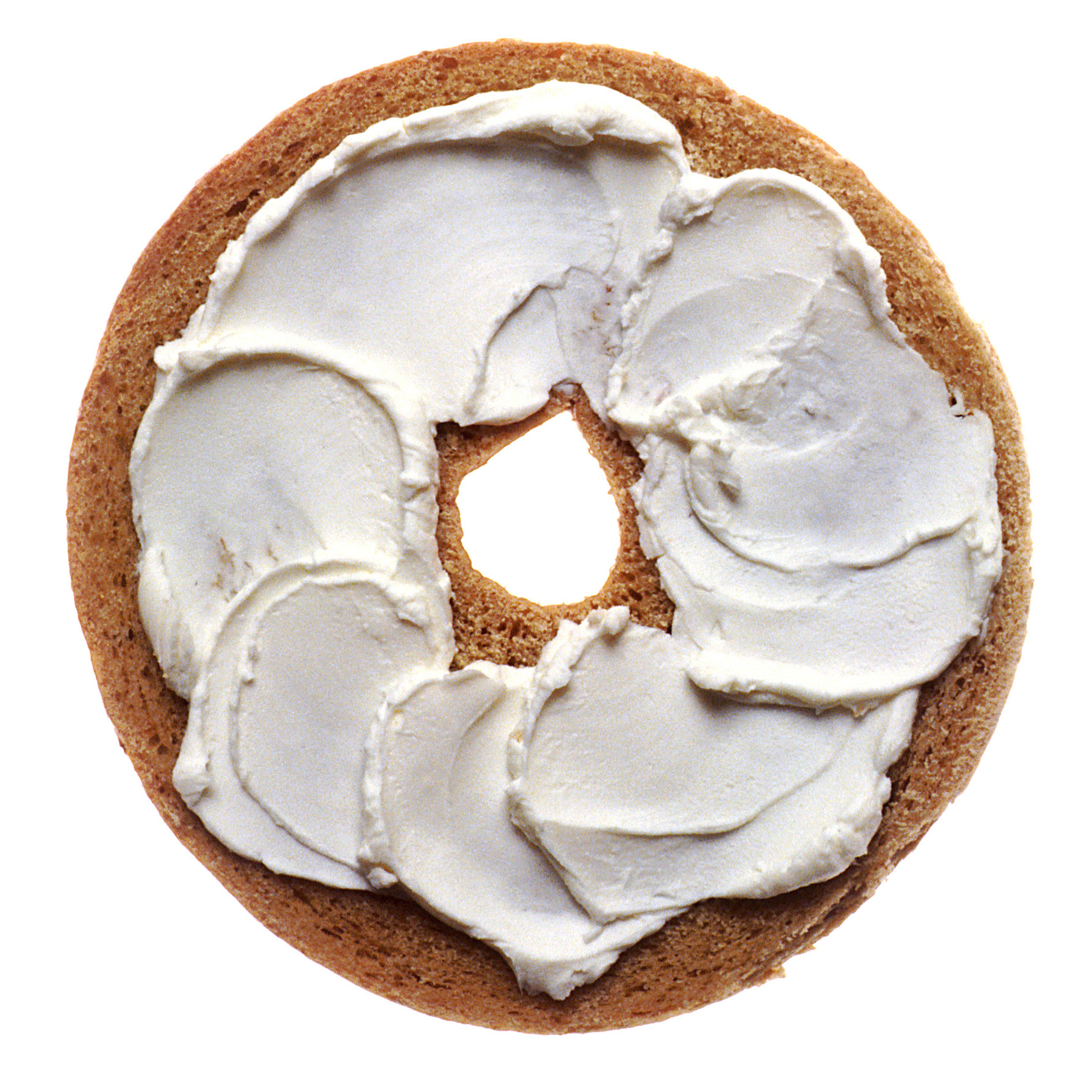By Vivienne Beard (Contributor) – Email
Print Edition: November 27, 2013

When I think of a dream start to the day, toasted everything bagels smothered in cream cheese with a thick slice of banana bread come to mind. All too tempting, foods like these leave me wanting one after the other after the other. Some may put it down to taste, but William Davis, author of the highly popular book Wheat Belly, has a different explanation. According to Davis, this craving is primarily caused by one key ingredient: wheat. Davis claims that a diet heavy in wheat-based foods can put you on the track to becoming, well, just as heavy.
For lovers of toast, sandwiches, and cheeseburgers this news may come as quite a shock. In fact, it has many people skeptical as to whether the wheat-free diet is a passing trend or a necessary step toward better health. However, wheat as we know it today isn’t the same wheat that people of the past ate. Modern-day wheat, especially grown in America, has received a disturbing genetic makeover to produce higher yield and greater disease resistance. While this is good news for farmers and companies looking to make a profit, genetically modified wheat is bad news for loyal bagel lovers and anyone choosing a wheat-heavy sandwich for lunch. These seemingly innocent modifications directly affect the composition of wheat’s protein. These modified protein particles, once stable in size, become so tiny that they are able to pass into organs of the body they never could when not genetically modified. Once in various organs, they can create damage and cause physical symptoms ranging from mild bloating to manifestations of brain disease.
Genetically modified (GM) wheat has continued to build quite the frightening reputation. It has already been linked to health problems such as cancer, diabetes, and heart disease. On top of that, GM wheat has also been proven to contribute to weight gain and excessive bloating.
Rather than opting for meals high in wheat, try substituting ancient grains. Ancient grains such as quinoa, kamut, and spelt have higher nutritional value than wheat, and more importantly, don’t pose the health risks of GM wheat. Ancient grains are also loaded with extra protein, helping you stay full longer and giving the strength to get through a busy day of classes. Despite its name, buckwheat is also a great alternative to wheat, being completely wheat- and gluten-free. Next time you go grocery shopping, look through the ingredient list for food containing buckwheat or ancient grains high on the list, and avoid wheat-loaded breads in your basket.
At this time of year, it can be hard to find a Christmas treat that doesn’t contain wheat flour in large amounts. The best alternatives to still get your Christmas baking fix while avoiding GM wheat are recipes that use almond flour or coconut flour instead. Almond flour, simply made by grinding raw almonds into a powder, can be used to bake cookies, cakes, and savoury breads. Similarly, coconut flour is just waiting to be baked up into a heart-warming treat. To find a tried-and-true recipe, simply type “almond flour” or “coconut flour” into Pinterest and the kitchen is your oyster.
If you’re snacking on a sandwich as you read this, there’s no need to feel guilty. Remember that moderation, not deprivation, is the key to a healthy lifestyle. Try slowly easing yourself off wheat and onto non-GM foods, and remember to always listen closely to how your body feels.


